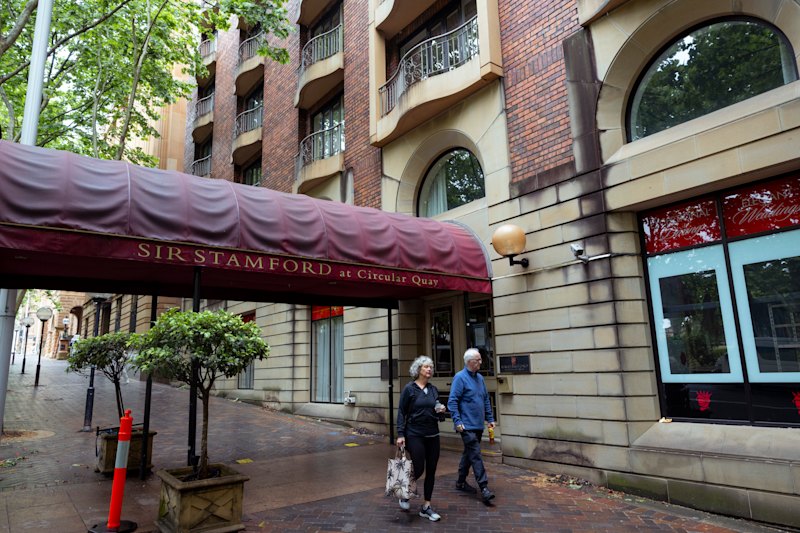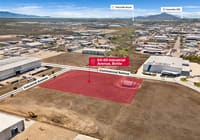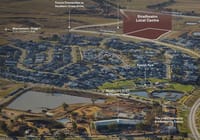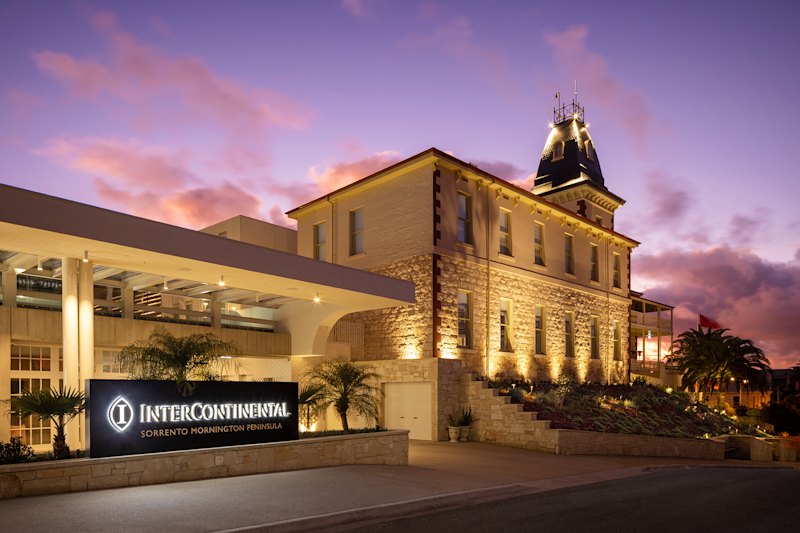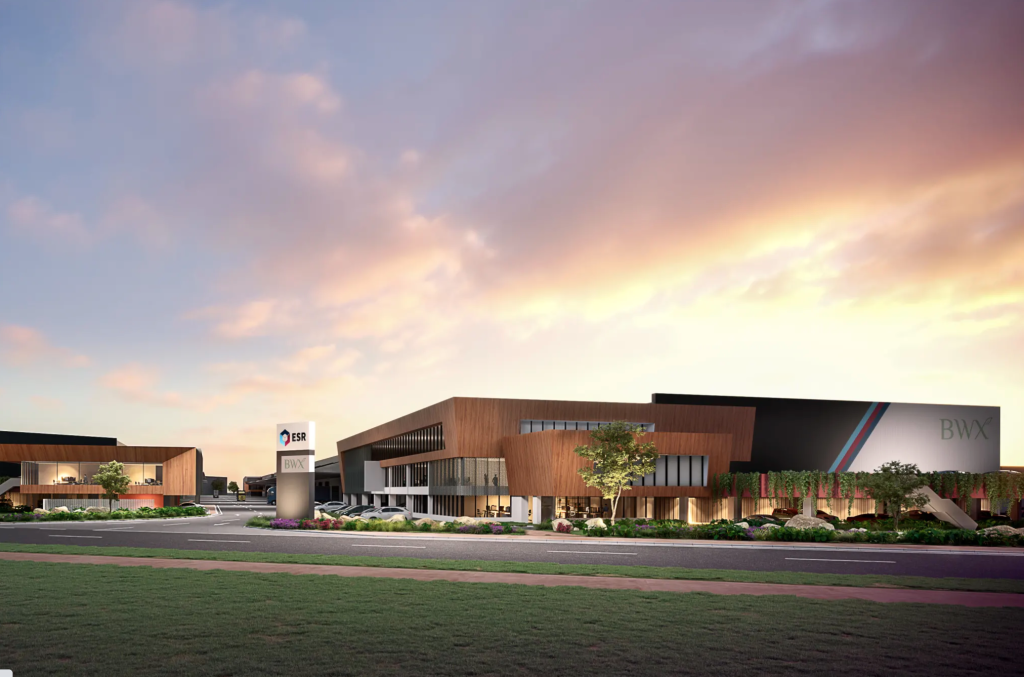
‘Golden era': industrial vacancy rate drops to half of office market
The national industrial property vacancy rate has fallen to half that of the office market, providing a striking picture of how the pandemic has boosted demand for warehouse space as e-commerce has boomed while decimating office occupancy in capital cities, where the return of workers has slowed
to a trickle.
New figures provided by JLL show the proportion of vacant warehouse space nationally fell to 5.9 per cent in the fourth quarter of 2020, down from 6.8 per cent in the third quarter.
This compared to an 11.7 per cent national office vacancy rate in January – the highest in 24 years – as measured by the latest Property Council Office Market Report.
Industrial vacancy is even tighter on the eastern seaboard, falling from 6.4 per cent to 5.4 per cent between the third and fourth quarters of 2020, and the average prime vacancy rate has fallen to just 3 per cent.
There is no vacant space in the specialist cold storage sector, where demand is being driven by food retailers and pharmaceutical suppliers.
“The golden era of the industrial and logistics property sector is evidenced by the latest MSCI index now showing 14 per cent total return growth over the past 12 months for the Australian market,” said Sass J-Baleh, director of research for Australia at JLL.
“Take-up of industrial space reached a record high in 2020 [just shy of 3 million square metres], the supply pipeline is limited by land-constrained markets, and vacancy levels trended downwards across all cities between the third and fourth quarters of 2020,” Ms J-Baleh said.
One-third of industrial space taken up in 2020 was from the retail trade sector where a $14 billion rise in online retail spending during the pandemic generated an estimated 960,000sq m of warehouse requirements.
This trend has continued, with ASX-listed beauty and wellness retail group BWX committing to 18,000 square metres at the ESR Clayton Business Hub in Melbourne’s south-east.
“Demand from the occupier market will continue to be driven by growing e-commerce retailers, food manufacturers and packagers, pharmaceutical and medical suppliers, third-party logistics companies, exporters and greater cold storage requirements,” said Ms J-Baleh.
“The supply pipeline for 2021 across Australia is already just over 50 per cent pre-committed to, and therefore vacancy rates are expected to remain at relatively low levels this year.”
Ms J-Baleh said the zero vacancy rate in the cold storage sector highlighted the extremely limited supply of refrigerated warehouse space in Australia.
“Australia has one of the lowest refrigerated capacity [in cubic meters] per urban resident, equating to 0.09, compared to the world average of 0.2 cubic metres per urban resident,” she said.
“In order to reach the global average, Australia would have to build an additional 2.5 million cubic metres of refrigerated warehousing space, which is more than double the current stock level.”


